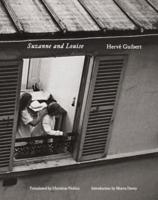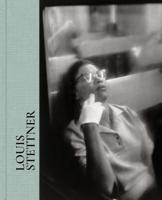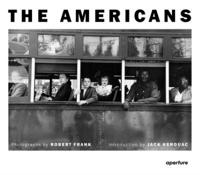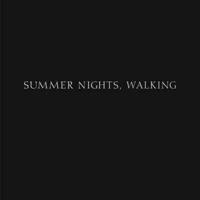Publisher's Synopsis
From Weekly Publishers -"Homo-Erotic follows the artist's life from his humble beginnings to his success and, finally, to his death in 1951. The format of the biography is appealing and attractive. The pages are replete with clear black and white reproductions of Leyendecker's paintings as well as photographs of unclothed men who serve as surrogate Leyendecker models. The text is well researched and authentic; the writing style is free-flowing and the words capture the naturalness of Leyendecker's paintings.Public libraries and school libraries will want to add this fascinating, informative, and inspiring biography to their collections."
Joseph Christian Leyendecker (March 23, 1874 - July 25, 1951) was a German-American illustrator, considered one of the preeminent American illustrators of the early 20th century. He is best known for his poster, book and advertising illustrations, the trade character known as The Arrow Collar Man, and his numerous covers for The Saturday Evening Post. Between 1896 and 1950, he painted more than 400 magazine covers. During the Golden Age of American Illustration, for The Saturday Evening Post alone, he produced 322 covers, and many advertisement illustrations for its interior pages. No other artist, until the arrival of Norman Rockwell two decades later, was so solidly identified with one publication. He "virtually invented the whole idea of modern magazine design."
Leyendecker (called 'J.C.' or 'Joe') was born on March 23, 1874 at Montabaur in western Germany, a village 18 km east of the Rhine, to Peter Leyendecker (1838-1916) and Elizabeth Ortseifen Leyendecker (1845-1905). He was the first-born son; his brother Francis Xavier was born three years later. A sister, Mary Augusta, the third and last child, arrived after the family emigrated to America.
In 1882, the Leyendecker family immigrated to Chicago, Illinois, where Elizabeth's brother Adam Ortseifen was vice-president of the successful McAvoy Brewing Company. After working in late adolescence for a Chicago engraving firm, J. Manz & Company, and completing his first commercial commission of 60 Bible illustrations for the Powers Brothers Company, J. C. sought formal artistic training at the school of the Chicago Art Institute.
In 1895, the April-September issue of The Inland Printer had an introduction to J.C. Leyendecker. The article described his work for J. Manz & Company, and his intention to study in Paris. It featured one of his sketches, and two book covers he had illustrated, provided by E.A. Weeks, a Chicago publisher between 1893 and 1899. That year, Leyendecker created his first poster, also for E.A. Weeks, for the book One Fair Daughter by Frank Frankfort Moore.
After studying drawing and anatomy under John Vanderpoel at the Chicago Art Institute, J. C. and younger brother Frank enrolled in the Académie Julian[9] in Paris for a year, where they were exposed to the work of Toulouse-Lautrec, Jules Chéret, and Alphonse Mucha, a leader in the French Art Nouveau movement.
In 1899, the Leyendecker brothers returned to America and set up residence in an apartment in Hyde Park, Illinois. They had a studio in Chicago's Fine Arts Building at 410 South Michigan Ave. On May 20 of that year, Joe received his first commission for a Saturday Evening Post cover - the beginning of his forty-four-year association with the most popular magazine in the country. Ultimately he would produce 322 covers for the magazine, introducing many iconic visual images and traditions including the New Year's Baby, the pudgy red-garbed rendition of Santa Claus, flowers for Mother's Day, and firecrackers on the 4th of July. biography, with illustrations from JVJ Publishing

